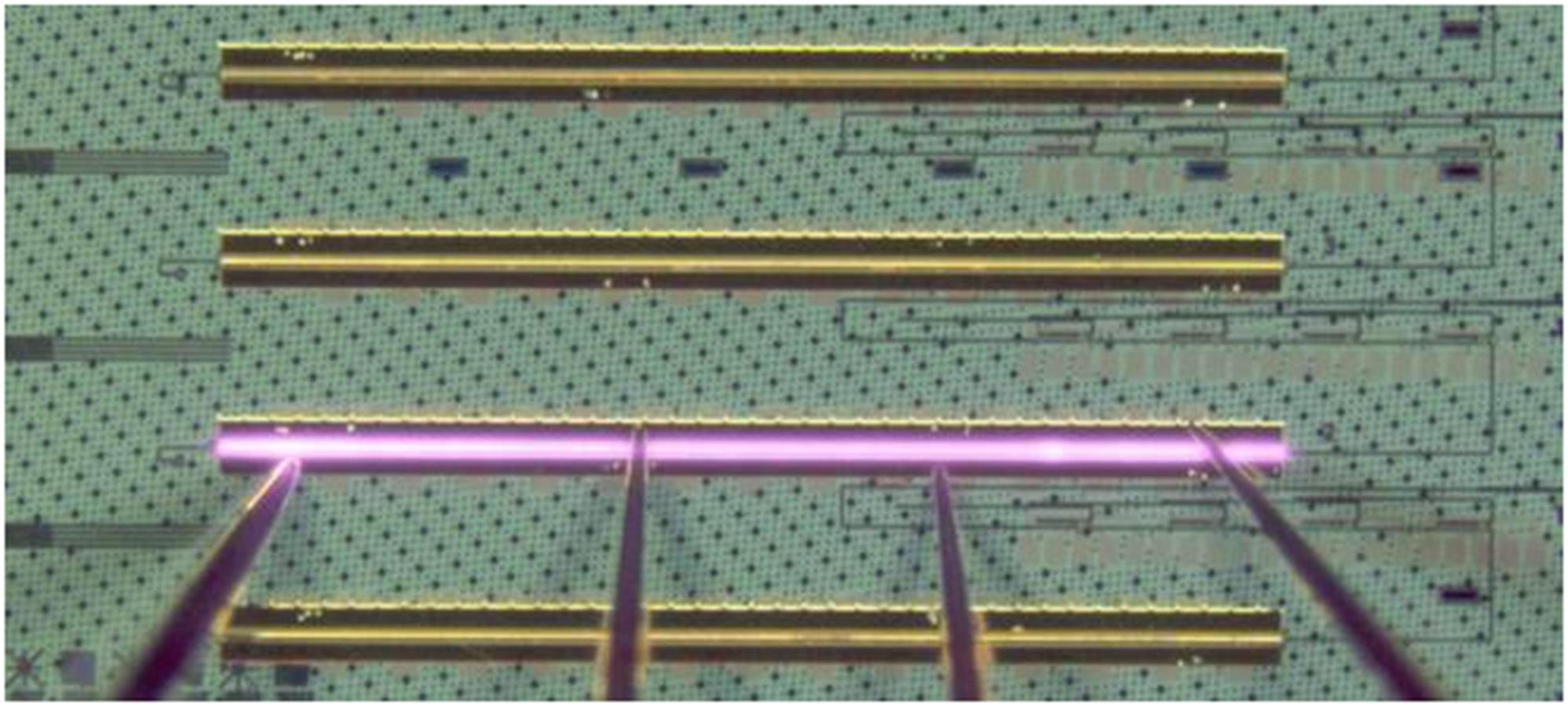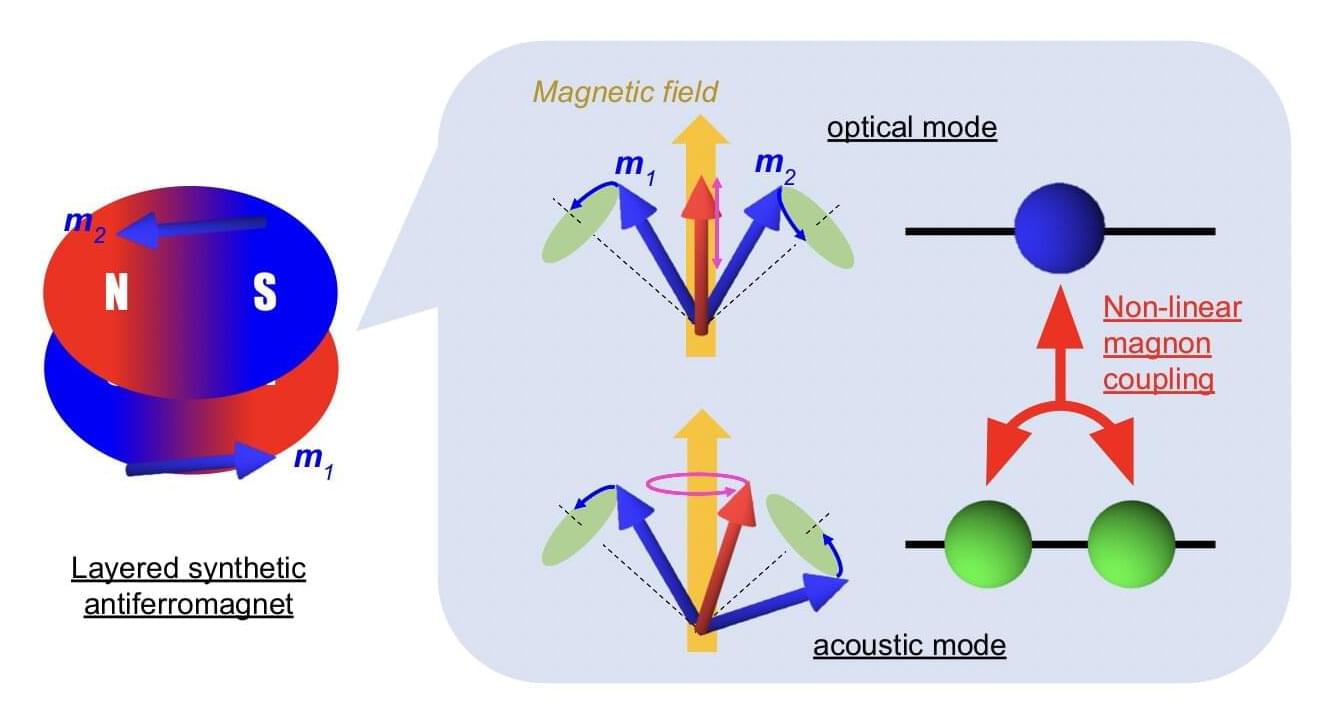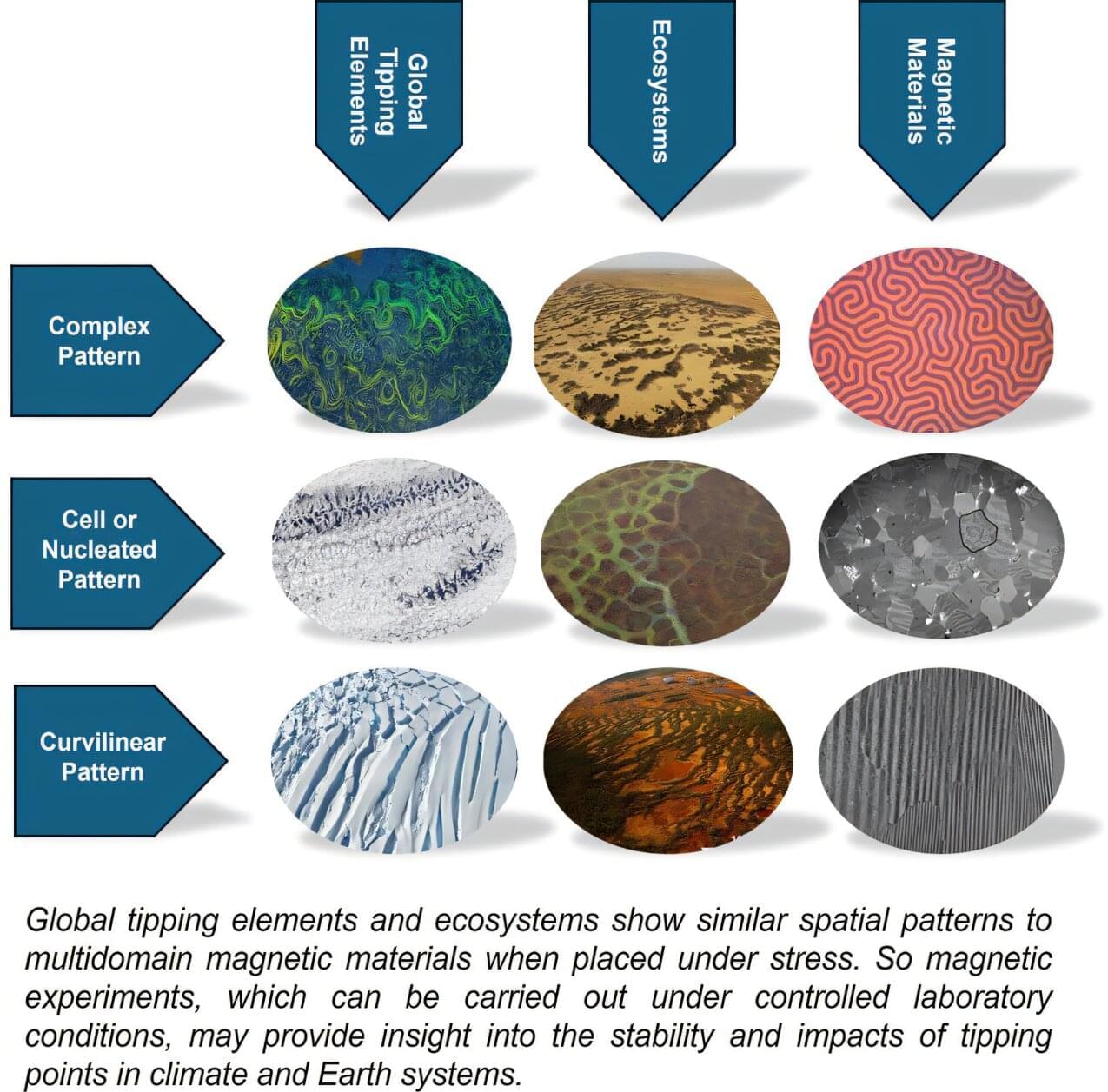As soon as 2DMs are employed for devices, at some point they have to be grown or transferred onto insulators. A wide range of insulators has already been suggested for the use with 2DMs, starting with the amorphous 3D oxides known from Si technologies (SiO2, HfO2, Al2O3), and expanding to native 2D oxides (MoO3, WO3, Bi2SeO5), layered 2D crystals (hBN, mica) and 3D crystals like fluorides (CaF2, SrF2, MgF2) or perovskites (SrTiO3, BaTiO3). These insulators also contain various defects which can also be detrimental to device stability and reliability. Again, on the other hand, these defects can be exploited for added functionality like resistive switching devices, neuromorphic devices, and sensors.
Finally, 2DMs need to be contacted with metals, which typically introduces defects in the 2DMs which then have a strong impact on the behaviour of the resulting Schottky contacts as they tend to pin the Fermi-level and result in large series resistances.
This collection aims to provide a comprehensive overview of the latest research on defect characterization and control in 2D materials and devices. By bringing together studies that utilize advanced theoretical calculations, such as density functional theory (DFT) and first-principles calculations, as well as experimental techniques like transmission electron microscopy (TEM), scanning tunneling microscopy (STM), X-ray photoemission spectroscopy (XPS), atomic force microscopy (AFM), and various optical spectroscopies, this collection seeks to deepen our understanding of defect formation, propagation, control, and their impact on device performance.








